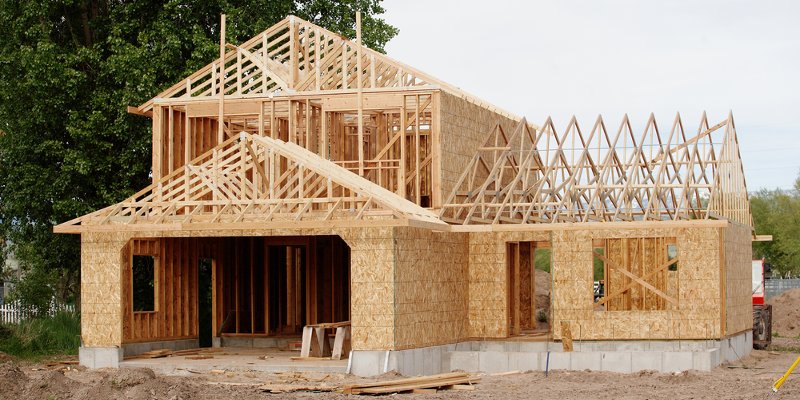The number of dwellings where building work was started stood at 15,930 during the same period.

The number of dwellings completed during the period of April to June 2020 was 15,950, a decrease of 62% compared to the previous quarter, according to data from the Ministry of Housing, Communities & Local Government (MHCLG).
This followed a 5% decrease during the previous quarter.
The number of dwellings where building work was started stood at 15,930 during the same period, a 52% decrease on the quarter before.
This follows a trend of slowdown in growth, with six of the last six quarters showing a decrease.
Provisional figures showed that planning permission for 356,300 homes was given in the year to 31 June 2020, down 11% from 398,800 in the year to 31 June 2019.
Andy Sommerville, director of Search Acumen, said: “This latest data reveals the scale of the damaging impact that strict lockdown measures and the showdown of building sites had on the construction sector.
“While there were signs of recovery as sites began to re-open and demand from buyers rose sharply in order to exploit the financial benefits offered through the higher stamp duty threshold from July, more recent market analysis has shown a drop in appetite, particularly from first time buyers.
“This follows the spike in COVID-19 cases which is causing economic uncertainty but is also a result of reduced availability of mortgages.
"The second wave is likely to dampen demand in the short term and also hamper the benefits of the Stamp Duty scheme, especially as the cut off point for completing transactions ahead of the deadline is fast approaching.
"Additional delays in the transaction process have been incurred due to over-reliance on outdated processes.
“But this is not the moment to abandon hope. The past few months have seen rapid advancements in more agile ways of working and an uptake of technology that we cannot risk being left behind.
"The industry needs to continue to put better data consumption across the property market - from construction to conveyancing - in order to better identify risks upfront, drive efficiencies and bolster the UK economy in the months to come.”



